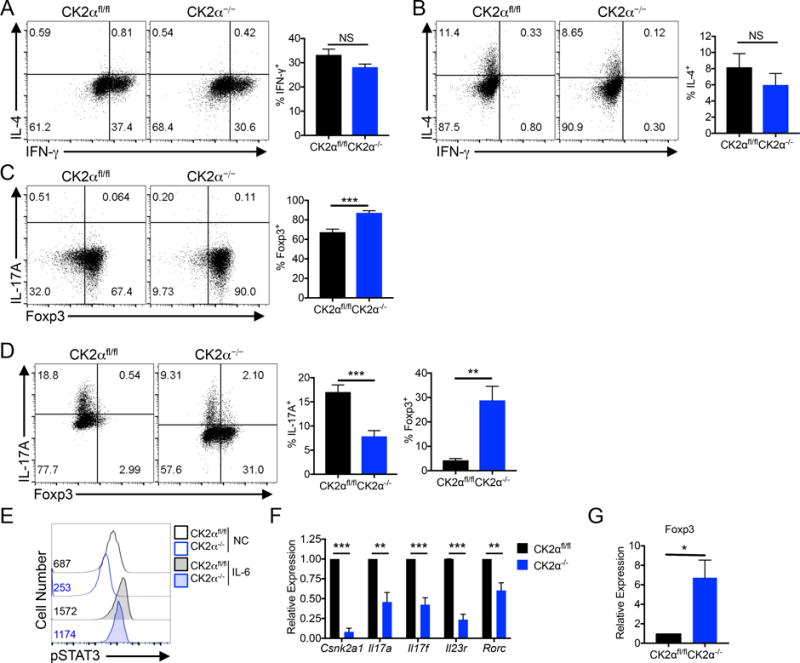Figure 4. CK2α Deficiency Selectively Suppresses Th17 Cell Differentiation and Promotes the Generation of Foxp3+ Tregs.

(A) Naïve CK2αfl/fl and CK2α−/− CD4+ T cells were polarized to the Th1 phenotype for 72 h, and IFN-γ production measured by flow cytometry; n=3. (B) Naïve CK2αfl/fl and CK2α−/− CD4+ T cells were polarized to the Th2 phenotype for 72 h, and IL-4 production measured by flow cytometry; n=3. (C) Naïve CK2αfl/fl and CK2α−/− CD4+ T cells were polarized to the Treg phenotype for 72 h, and Foxp3 expression measured by flow cytometry; n=6. (D) Naïve CK2αfl/fl and CK2α−/− CD4+ T cells were polarized to the Th17 phenotype for 72 h. IL-17A production and Foxp3 expression was measured by flow cytometry; n=6. (E) CK2αfl/fl and CK2α−/− CD4+ T cells were activated for 24 h in the absence or presence of IL-6 (10 ng/ml), and phosphorylated STAT3 Y705 detected by flow cytometry. Representative experiment of 3 individual experiments is shown; numbers represent MFI. (F, G) RNA was extracted from Th17 cultures and expression of Th17-associated genes (F) and Foxp3 (G) detected by qRT-PCR. *p < 0.05, **p < 0.01, ***p < 0.001.
